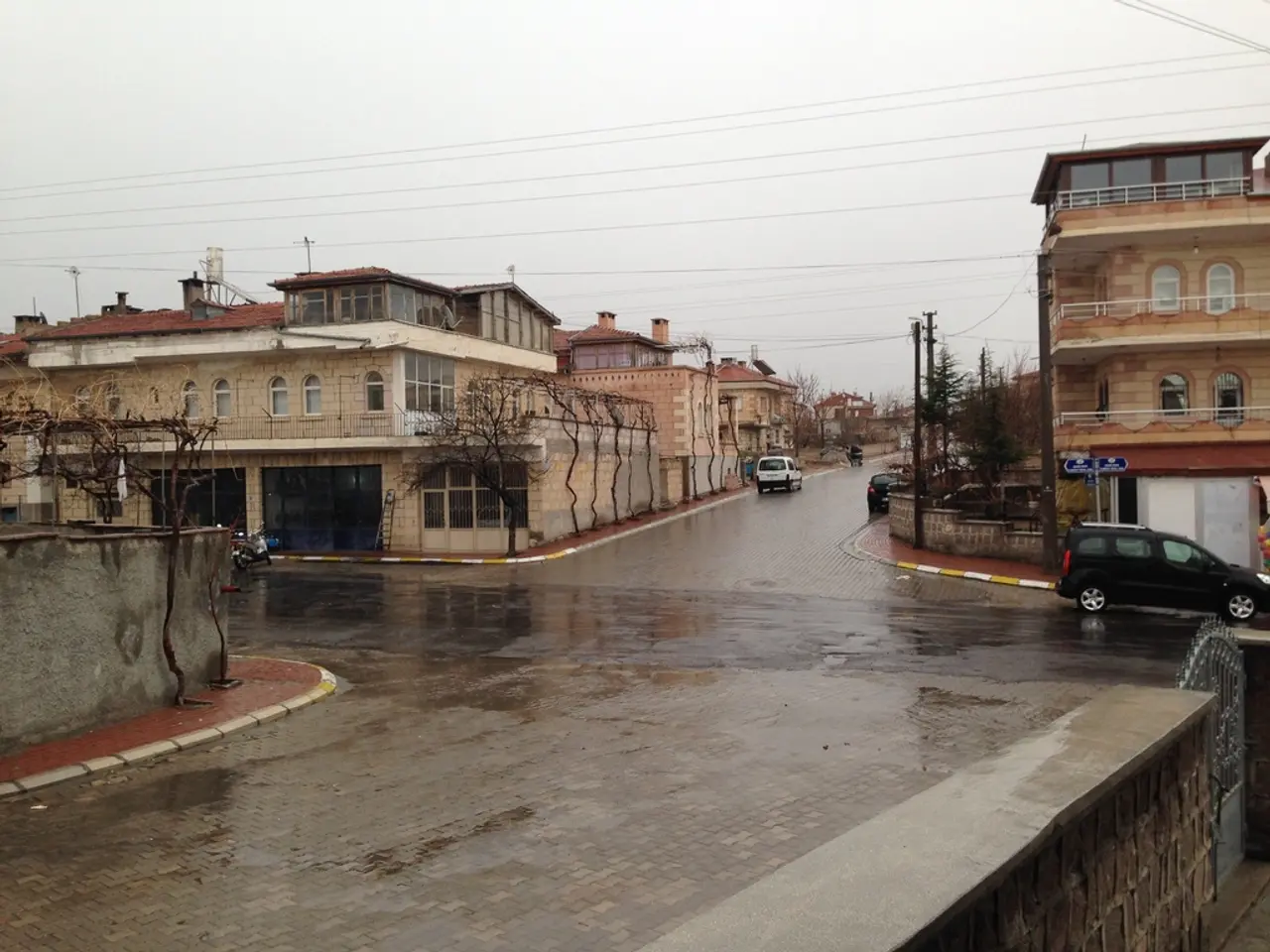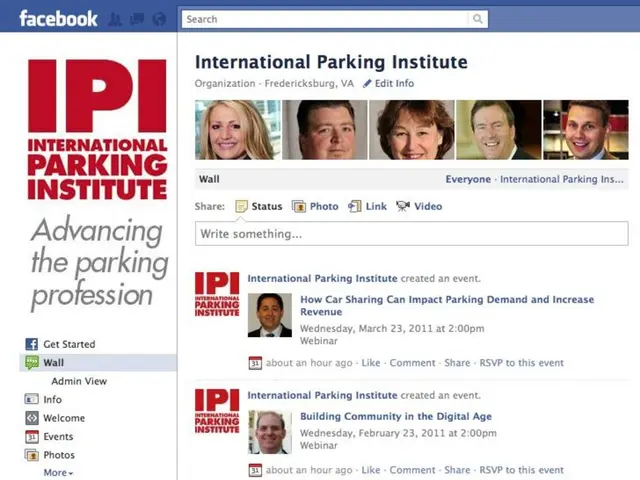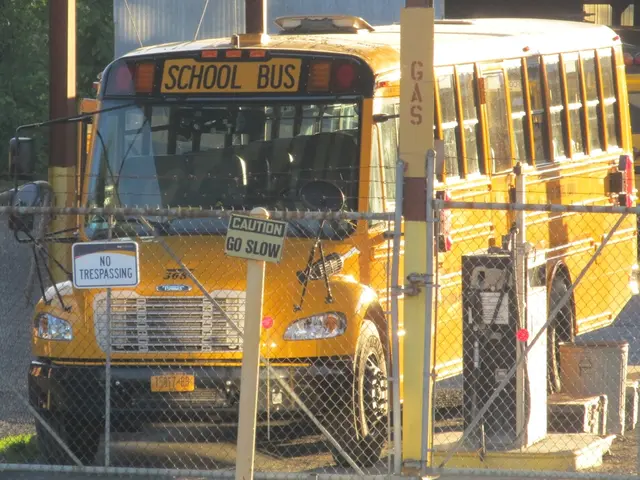Electric Vehicles Swiftly Infiltrating Kathmandu Roads
In the heart of the Himalayas, Nepal is making significant strides in promoting electric vehicle (EV) adoption, aiming to reduce dependency on fossil fuels and combat air pollution. The government's policies, centred around stable and favourable tax policies, tax exemptions, and subsidies, are encouraging the shift towards cleaner alternatives in transportation [1][3].
The national goals are ambitious. By 2030, Nepal aims for 90% of private cars and 60% of public four-wheel passenger vehicles to be electric [2]. Similarly, the second enhanced Nationally Determined Contribution (NDC) targets 20% of public transport vehicles to be electric by 2025 [4].
Infrastructure development is a crucial component of this transition. The rapid expansion of charging station networks and the promotion of electric buses in urban areas are key to supporting this shift [2]. Notably, significant Chinese investment in electric buses and charging infrastructure has accelerated the availability and affordability of electric public transportation [2].
Tax incentives play a vital role in encouraging EV adoption. The government maintains a stable tax rate on EVs to stimulate their purchase and use, while also offering exemptions and subsidies [1]. Additionally, reduced transport taxes are being used to incentivize electric vehicles, particularly in public transport [5].
The surge in EVs is already contributing to reductions in carbon emissions and air pollution in Kathmandu, a city historically plagued by poor air quality linked to fossil fuel vehicles [2][3]. Taxi drivers transitioning from gasoline vehicles to EVs report substantial savings on fuel and maintenance, reflecting improved affordability and operational feasibility [3].
Nepal's vast hydropower resources are being leveraged to power EVs, further reducing urban air pollution from transport emissions [3]. This transition has started to alleviate air pollution challenges in Kathmandu and other cities, contributing towards improved public health and environmental sustainability.
Nepal's electric vehicle revolution has seen a dramatic rise in adoption, with over 13,000 EVs in 2024 compared to just 250 in 2020 [6]. Early adopters like Sabin Kumar Chettri, a cab driver in Kathmandu, have paved the way for the country's growing EV movement [7].
Despite challenges, such as relying on imports from neighbouring China and India for almost all of the EVs plying its streets, the government is working closely with international partners to boost wide-scale EV adoption, improve air quality, and close the skill gap for EV technicians [8].
However, Kathmandu's air quality remains a concern, with the city ranking among the world's most polluted cities, and poor air quality being a daily reality for millions of residents [9]. The city's rapid urbanization, rising vehicle numbers, and lack of proper planning have contributed to this problem [10].
As Nepal continues to embrace electric vehicles, the benefits are becoming increasingly apparent. From reduced air pollution and carbon emissions, to improved affordability and operational feasibility, the electric vehicle revolution in Nepal is a promising step towards a cleaner and more sustainable future.
References: [1] Government of Nepal (2021). Policy Framework for Electric Mobility in Nepal. [2] World Bank (2022). Nepal's Electric Mobility Transition: Challenges and Opportunities. [3] Nepal Electricity Authority (2023). Nepal's Electric Vehicle Revolution: Impact on Air Pollution and Energy Consumption. [4] Government of Nepal (2022). Nepal's Second Enhanced Nationally Determined Contribution. [5] Government of Nepal (2021). Tax Incentives for Electric Vehicles in Nepal. [6] Nepal Electricity Authority (2025). Electric Vehicle Adoption in Nepal: A Progress Report. [7] Chettri, S. K. (2024). My Journey as an Early Adopter of Electric Vehicles in Nepal. [8] Government of Nepal (2023). Boosting Wide-Scale Electric Vehicle Adoption in Nepal: A Collaborative Approach. [9] World Health Organization (2018). Global Ambient Air Quality Database. [10] Nepal Rastra Bank (2020). Report on the State of the Economy.
- The government of Nepal is actively promoting electric vehicles (EVs) to decrease reliance on fossil fuels and combat air pollution.
- National goals aim for 90% of private cars and 60% of public four-wheel passenger vehicles to be electric by 2030.
- Infrastructure development, such as charging station networks and electric buses in urban areas, is crucial to support this transition.
- Chinese investment in electric buses and charging infrastructure has accelerated the availability and affordability of electric public transportation.
- The government maintains stable tax rates on EVs and offers exemptions and subsidies to stimulate purchase and use.
- Reduced transport taxes are also being used to incentivize electric vehicles, particularly in public transport.
- The surge in EVs has led to decreases in carbon emissions and air pollution in Kathmandu.
- Nepal's hydropower resources are being utilized to power EVs, further alleviating air pollution from transport emissions.
- The electric vehicle revolution in Nepal has experienced significant growth, with over 13,000 EVs in 2024 compared to just 250 in 2020.
- Challenges, including relying on imports from neighboring countries for EVs, are being addressed through international collaboration.
- Despite improvements, Kathmandu continues to grapple with poor air quality, ranking among the world's most polluted cities.
- The adoption of electric vehicles in Nepal promises a cleaner and more sustainable future by reducing air pollution, carbon emissions, and improving affordability and operational feasibility.





